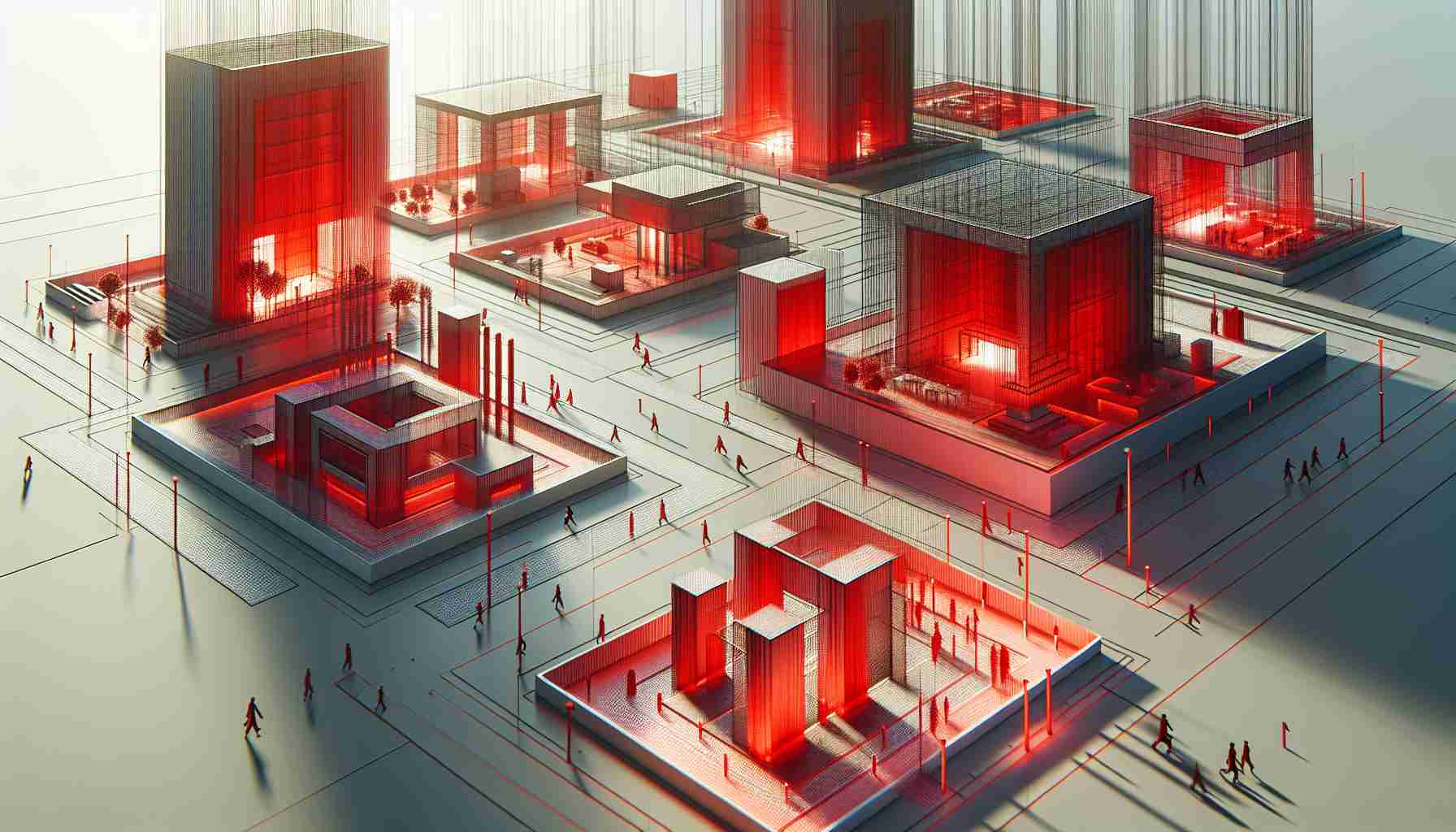Designing for Neurodiversity – Discovering the spectrum of cognitive differences and embracing inclusivity in design is reshaping architectural perspectives. Understanding that spaces should cater to a wide range of needs is key to fostering a sense of belonging for all individuals.
Creating Inclusive Environments – Moving away from designing exclusively for specific groups, architects are now encouraged to think holistically. By incorporating fixed variation concepts, spaces can offer both predictability and personal choice, ensuring functionality for everyone.
Social Impact and Value Proposition – Architects are beginning to shift focus from mere aesthetics to addressing pressing societal issues. Embracing co-creation and diverse perspectives, the profession aims to demonstrate its value through impactful solutions that resonate with the community at large.
Redefining Discourse – It is imperative to reframe discussions around neurodiversity, moving beyond binary classifications to recognize the unique strengths present in individuals with diverse cognitive functions. Leveraging these strengths can lead to more inclusive and productive work environments.
Exploring Favorite Works – Architects like Michael Tyre emphasize the importance of acknowledging emotional impacts in design. By appreciating the value of diverse perspectives and experiences, professionals can create spaces that truly resonate with their users.
Understanding Universal Design Principles – Exploring inclusive architecture involves delving into the world of universal design principles. How can architecture be designed in a way that benefits everyone, regardless of their abilities or limitations? What are some key considerations when implementing universal design concepts in architectural projects?
One important question to consider is how to balance aesthetics with functionality when incorporating universal design. Architects often grapple with the challenge of creating visually appealing spaces while ensuring they are accessible and inclusive for all individuals. This balance is crucial in redefining architectural norms and creating truly inclusive environments.
An advantage of embracing universal design principles is the potential to enhance usability and comfort for a wide range of users. Spaces that are designed with inclusivity in mind can benefit not only individuals with specific needs but also the general population by offering flexibility and adaptability.
However, a key challenge associated with universal design in architecture is the misconception that it requires sacrificing creativity or uniqueness in design. Some may argue that adhering to strict accessibility guidelines could limit the creative freedom of architects. How can professionals navigate this tension between creativity and inclusivity in their design process?
Technology and Innovation in Inclusive Architecture – Technology plays a significant role in redefining spaces to cater to diverse needs. From smart building systems to virtual reality simulations, how can architects leverage technology to create more inclusive environments? What are the advantages and disadvantages of integrating technology into architectural design for inclusivity?
Advantages of incorporating technology in inclusive architecture include the ability to customize spaces in real-time to meet individual requirements. Smart technologies such as adjustable lighting, temperature controls, and voice activation systems can enhance accessibility and comfort for users with diverse needs.
On the other hand, a potential disadvantage of relying heavily on technology is the risk of creating environments that are overly dependent on complex systems. How can architects ensure that technology enhances inclusivity without overshadowing the human experience and connection to physical spaces?
By exploring these questions and considerations, architects can continue to push the boundaries of inclusive architecture, redefining spaces to meet the diverse needs of individuals in modern society.
Suggested related links to explore further: American Institute of Architects for insights on inclusive design practices and ArchDaily for architectural innovations shaping inclusive environments.









